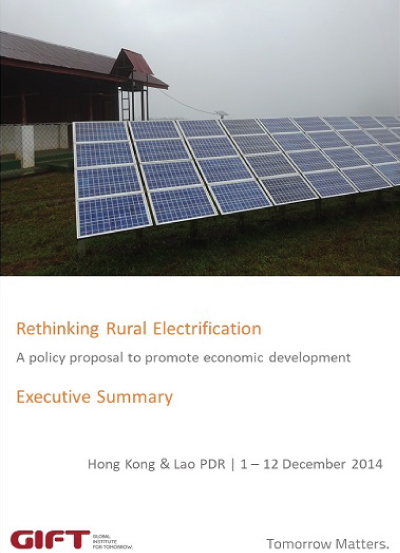Over 1.4 billion people worldwide, including 620 million in the Asia Pacific, lack access to electricity, while another billion face unreliable or unaffordable power due to outdated infrastructure and costly technology. Since the 1960s, rural electrification initiatives have aimed to boost economic development and improve livelihoods. While results have been mixed, electrification remains a priority for governments, NGOs, and aid agencies as a key pathway out of poverty.
The United Nations Economic and Social Commission for Asia and the Pacific (UNESCAP) is advancing a new approach through renewable energy and the Pro-Poor Public-Private Partnership (5P) model, which actively involves communities and leverages cross-sector expertise. Initially successful in Indonesia, the 5P model is now being applied in Nepal and Lao PDR.
Professionals from 20 nationalities representing over 15 organisations across the private sector, civil society, and academia have contributed to this report, which rethinks rural electrification as a driver for economic growth. Key elements of the proposed framework include:
- Rural enterprise development
Positioning rural businesses as catalysts for electrification to stimulate economic activity, entrepreneurial initiatives, and self-sufficiency, while ensuring affordable and reliable electricity. - Business case for investment
Attracting independent power producers (IPPs) and private investors by establishing rural enterprises as anchor electricity consumers, thereby encouraging grid expansion and supporting local economies. - Policy Recommendations:
1. Preferential Feed-in Tariffs (FiT) & concession periods
Projects allowing community ownership and stewardship of natural resources, acting as “systems fringe boosters” for the outer grid.2. Rural development fund
Targeting SMEs, entrepreneurs, and microfinance institutions (MFIs) to further rural economic growth, with IPPs contributing to the fund. - Practical case study – Luang Prabang, Lao PDR
Investment in 7MW of decentralized solar and hydropower systems (~US$23.8 million) could bridge the electricity gap while supporting provincial GDP growth. - Financial modelling
A 60kW hybrid solar-hydro system for 300 households shows an expected ROI of 11% over 8–9 years, sharing benefits between developers (90%) and the community (10%). Scaling to 5% of the national population would require US$160 million for ~181GWh of capacity.
This framework offers a replicable approach for the Asia Pacific, demonstrating the viability of combining rural enterprise development with renewable energy electrification to drive inclusive growth.


